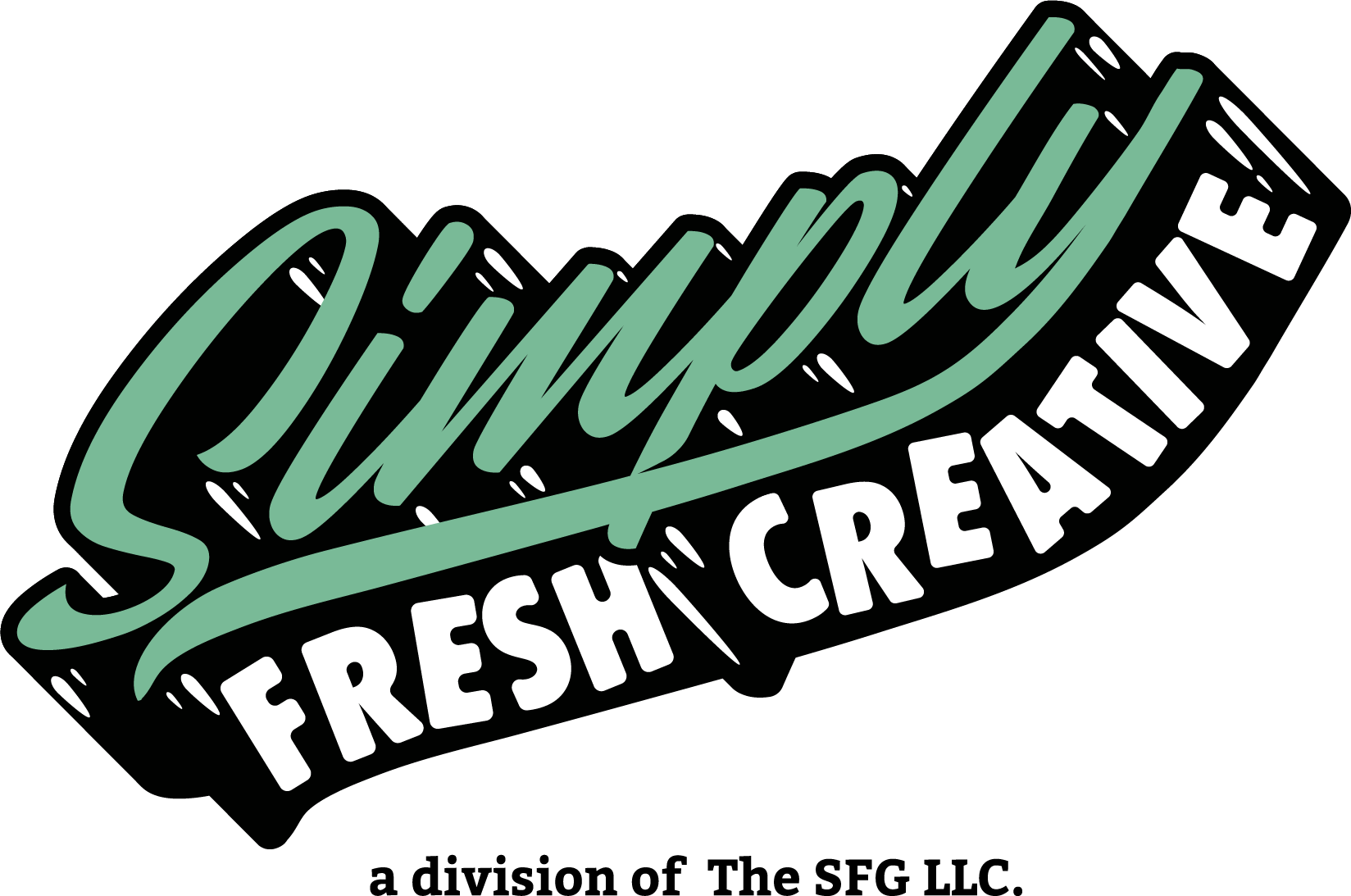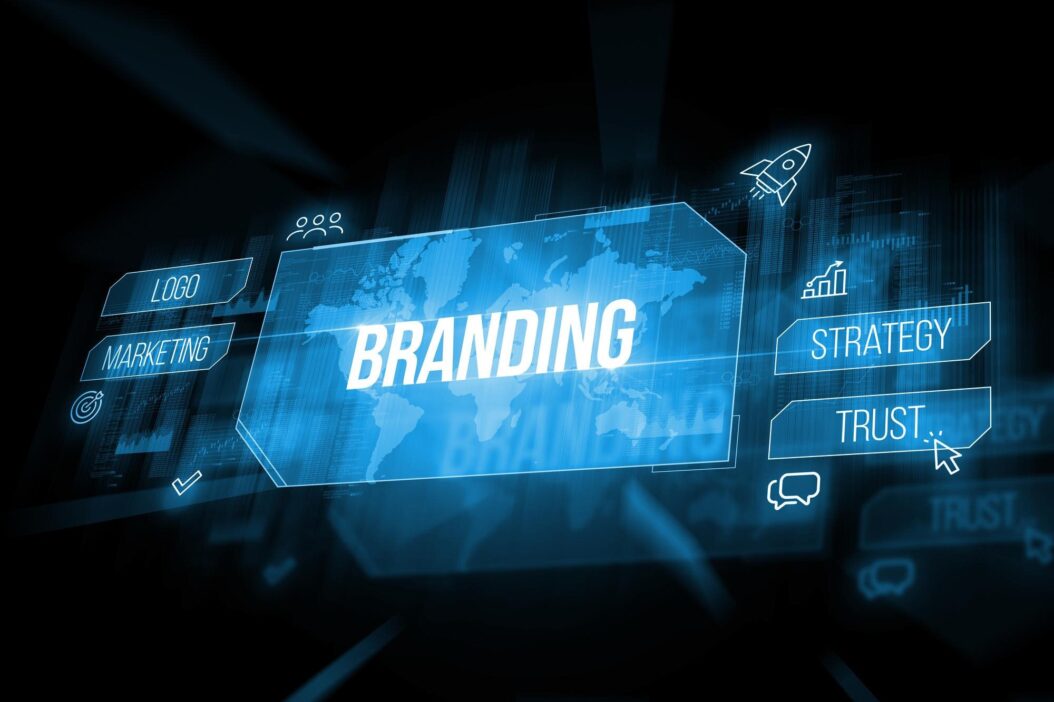The digital space has become an undeniable marketplace, and every business owner understands the power of a website in spreading brand awareness. However, this reach is just the first step. The true objective lies in converting those initial impressions into something far more valuable: a loyal and enduring customer base.
Imagine this—you landed on a website after researching a product. You browsed for a bit, but the website felt cluttered or overwhelming, making it a struggle to find any information about the product, let alone figure out how to buy it. This is a missed opportunity for both you and the business.
On the flip side, imagine encountering a website that immediately grabs your attention. It clearly explains what they offer, addresses your specific needs, and guides you effortlessly towards a valuable resource or a special offer. This is the power of a well-designed marketing funnel, strategically using landing pages to capture your interest and convert you from a casual visitor into a loyal customer.
What are lead funnels and landing pages?
We all know that a funnel is an object with a wide top and narrowing towards the bottom. Lead funnels, as the name suggests, also work the same way in the digital marketing world. At the top, you cast a broad net to capture a large pool of potential customers who might be interested in what you offer. This could be done through social media ads, website content, or search engine optimization (SEO).
As these potential customers, or “leads,” interact with your marketing materials, they get sifted through the funnel. Engaging website content, informative blog posts, or enticing free downloadable resources act as filters, separating those with genuine interest from those who aren’t a good fit. The further down the funnel they go, the more qualified these leads become.
A landing page, on the other hand, is a specific webpage designed with a single, focused goal in mind. Unlike a general website page that might offer a variety of information or functionalities, a landing page is laser-targeted towards a particular action you want visitors to take.
Landing pages with clear calls to action, like signing up for a free trial or subscribing to a newsletter, become the narrow end of the funnel, where the most interested leads convert into paying customers or loyal brand advocates.
Unleashing the Power of Your Website: The Benefits of Lead Funnels
Now that we’ve unpacked the foundational concept of lead funnels, let’s delve deeper into the exciting part: understanding the myriad benefits they offer and how they can propel your
business to the forefront of the digital marketing landscape.
By exploring these specific advantages and strategic opportunities, we can uncover how this powerful tool can significantly enhance your marketing efforts, drive substantial growth, and firmly establish your brand at the top of the digital marketing game.
1. Targeted Lead Generation
Lead funnels are like well-oiled machines meticulously designed for capturing potential customers who are most likely to convert into paying patrons. These funnels operate by attracting a specific audience that has shown a genuine interest in your products or services. By drawing in individuals who are already inclined towards what your business offers, lead funnels ensure that your marketing efforts are both precise and effective. This targeted approach has several significant advantages. It saves valuable resources, increases chances of attracting qualified leads and can be fine-tuned and optimized overtime, allowing you to continuously improve your approach and increase your conversion rates.
2. Nurturing and Qualifying Leads
A website with a simple “contact us” form could get a bunch of inquiries but many might not be serious or a good fit. Lead funnels prevent this by gradually nurturing leads through informative content, free resources, or engaging email sequences. This process educates potential customers about your brand and its value proposition, weeding out those who aren’t genuinely interested while qualifying the ones who are.
3. Improved Conversion Rates:
By the time leads reach the bottom of the funnel, they’ve gone through a series of steps that address their pain points and showcase your expertise. This builds trust and makes them more receptive to your call to action (CTA), whether it’s a purchase, subscription, or signing up for a free trial. A well-designed lead funnel streamlines the conversion process, leading to higher success rates.
4. Measurable Results and Optimization
Lead funnels offer valuable data and analytics. You can track user behavior at each stage, identify bottlenecks where leads drop off, and optimize your funnel for better performance. This data-driven approach allows you to refine your content to better resonate with your target audience. The beauty of this data-driven approach also lies in its continuous improvement cycle. By analyzing the results of your optimizations, you can further refine your overall funnel strategy.
5. Customer Lifecycle Management
Lead funnels aren’t just about acquiring new customers; they also play a role in retaining existing ones. By offering targeted content and promotions based on a customer’s purchase history or interests, you can nurture loyalty and encourage repeat business. A well-designed lead funnel can become a customer lifecycle management tool, fostering long-term relationships with your customer base.
Turn Clicks into Customers: The Power of Effective Landing Pages
While the lead funnel, as we have previously tackled, is a powerful tool for cultivating customer interest, its secret weapon is the one turning that interest into action. Let us now zoom in into the final stage of conversion—the landing page:
1. Laser-Focused Marketing
Let’s say that you want to run an ad for a specific discount on a new product. A random website page might showcase your entire new collection, overwhelming visitors with options. A landing page, however, acts as a laser, targeting that specific discount and the new products it applies to. By eliminating extraneous content and honing in on a single, compelling offer, a landing page significantly increases the relevance and impact of your message. This means that visitors are less likely to get sidetracked or confused, and more likely to engage with the specific promotion. As a result, the likelihood of conversions—whether that means making a purchase, signing up for a newsletter, or any other desired action—greatly increases.
2. Crystal-Clear Calls to Action (CTAs)
Think of a landing page as a one-way street leading to a specific destination—possibly for a purchase, subscription, or a download. Unlike a general website page with various functionalities, landing pages eliminate distractions and clutter. They prominently display a clear call to action (CTA) like a button urging website visitors to “Buy Now”, “Subscribe for Early Access”, or “Download Your Free Report”. This singular focus makes it easier for visitors to understand what you want them to do and increases the likelihood of them taking that desired action.
3. Boosted Customer Acquisition
Landing pages remove the guesswork for visitors. They eliminate the need to navigate through a maze of information and get straight to the point—the value proposition you are offering. By providing targeted content, highlighting the benefits of your products and services, and presenting a clear CTA landing pages streamline the conversion process. This targeted approach leads to higher conversion rates, which means that a greater percentage of visitors will take the desired action compared to a generic website page.
4. Tangible Results and Optimization
Similar to lead funnels, you can also track user behavior on your landing page and see how long they stay, where they click and ultimately, whether they convert or not. This data allows you to identify areas for improvement. Did the headline not resonate with the audience? Was the CTA button confusing? By analyzing user behavior this way, you can optimize your landing page elements and continuously refine it to achieve the best possible conversion rate.
5. Increased Return on Investment (ROI)
Effective marketing campaigns are all about maximizing the return on investment. A key strategy in achieving this goal is through the use of well-designed landing pages, which play a crucial role in converting website traffic into valuable leads or paying customers. Landing pages are specifically crafted to eliminate irrelevant information and focus on a singular, compelling offer, ensuring that your marketing message is clear and persuasive. By honing in on specific targets, landing pages help streamline your marketing efforts, making them more targeted and efficient. Consequently, the use of landing pages leads to a higher ROI for your marketing budget, as every dollar spent is more likely to yield tangible, measurable results.
Key Takeaways
In essence, lead funnels and landing pages are the secret sauce for businesses seeking to thrive in the digital age. These tools are designed to transform website visitors from passive observers into active participants, effectively nurturing them into loyal customers and propelling businesses toward long-term success. The dynamic interplay between lead funnels and landing pages allows for a highly personalized and streamlined customer journey, guiding prospects through each stage of the buying process with precision and care.
The true power of this marketing duo lies in their ability to create meaningful connections with potential customers. By providing tailored experiences that address specific needs and preferences, lead funnels and landing pages build trust and credibility, laying the groundwork for lasting customer relationships. This approach not only drives immediate sales but also fosters brand loyalty and advocacy, setting the stage for sustained growth and success in the competitive digital marketplace.
Don’t let your website visitors wander aimlessly. Guide them towards becoming loyal customers with the power of lead funnels and landing pages.
Contact us to discuss your marketing goals!




